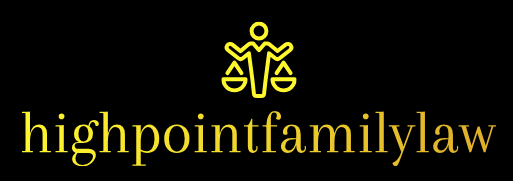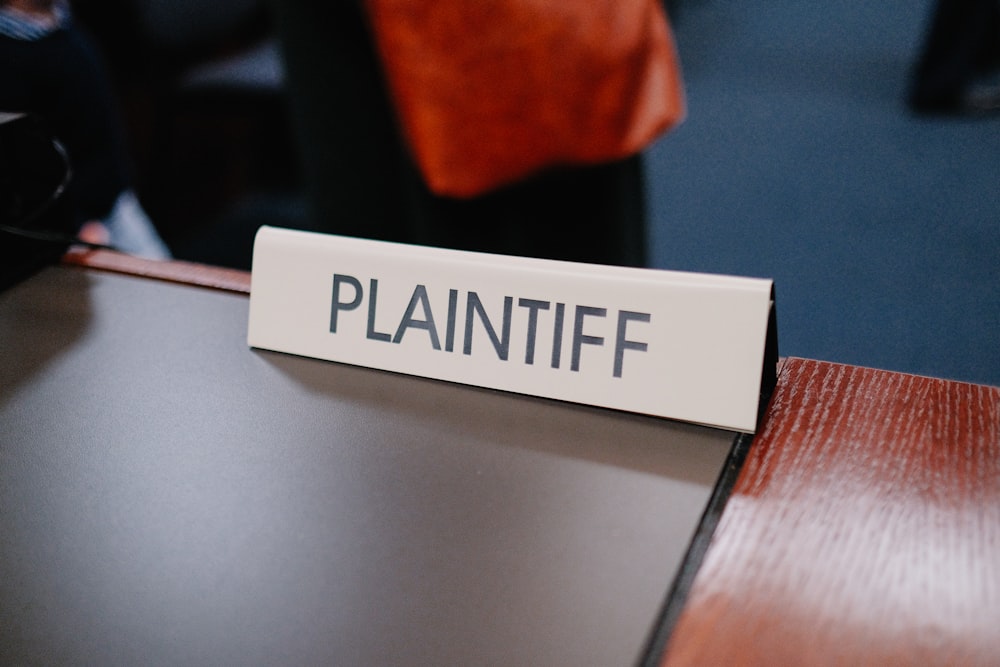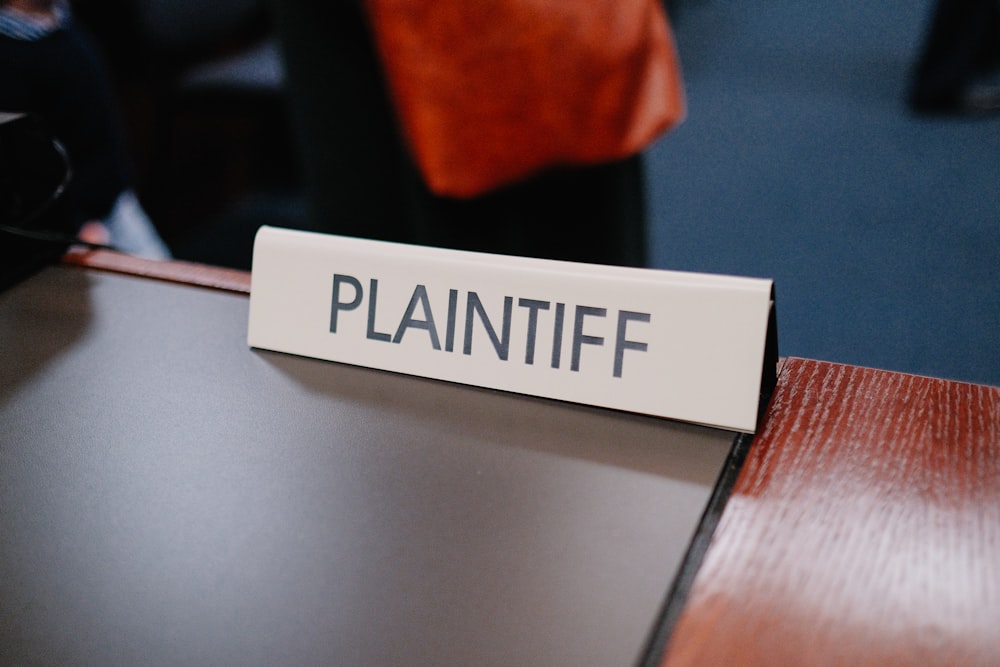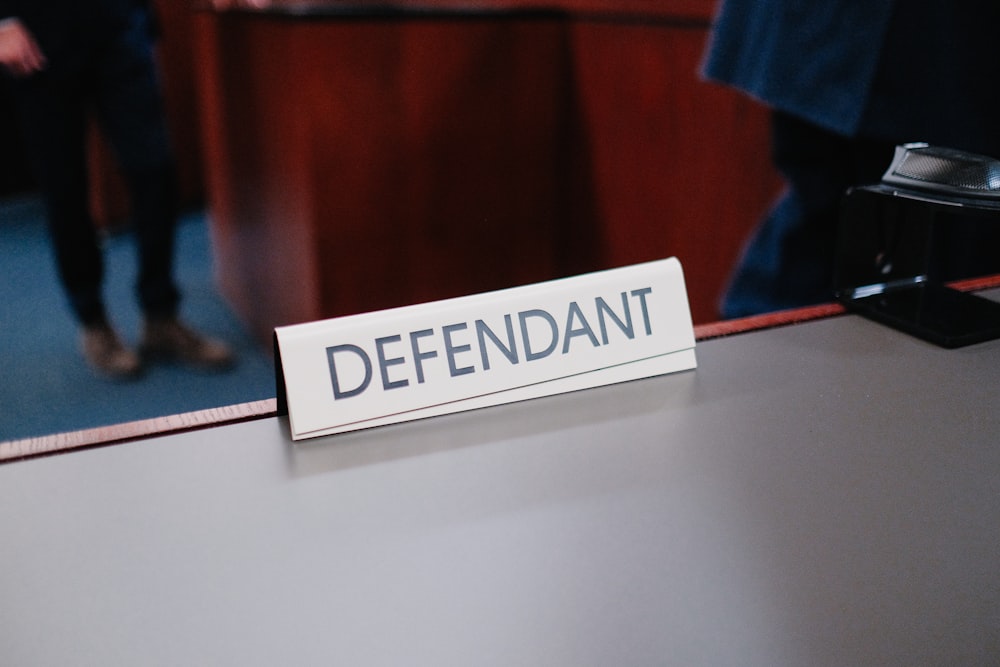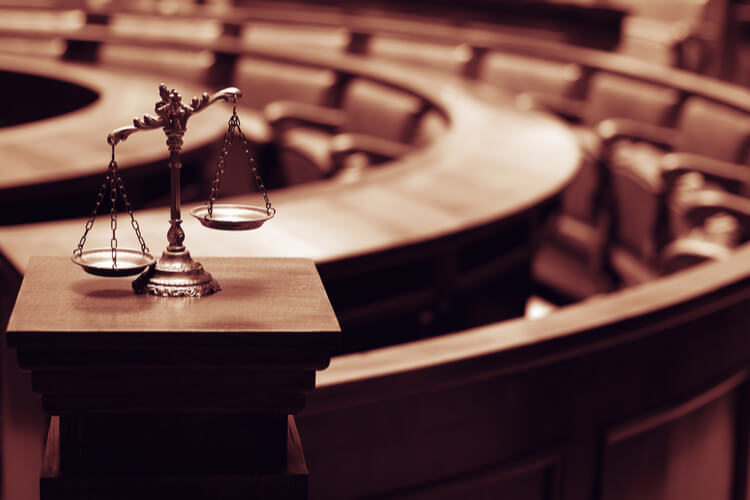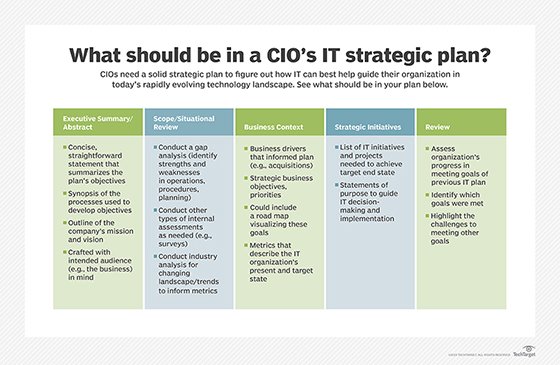
Proven Strategies for Representing Yourself in Court
Introduction:
Representing yourself in court can be a daunting task, but with the right strategies, it’s entirely possible to navigate the legal system effectively. Whether you’re facing a civil dispute, criminal charges, or family law matters, mastering the art of self-representation can significantly impact the outcome of your case. In this article, we’ll explore proven strategies for representing yourself in court and maximizing your chances of success.
Understand the Legal Process:
The first step in effectively representing yourself in court is to familiarize yourself with the legal process. Take the time to research and understand the specific laws, rules, and procedures relevant to your case. This includes understanding the court’s filing requirements, deadlines, and expectations for courtroom conduct. By gaining a comprehensive understanding of the legal process, you’ll be better equipped to navigate your case confidently.
Gather Evidence and Documentation:
Evidence is the backbone of any legal case, and it’s essential to gather as much relevant evidence and documentation as possible to support your arguments. This may include witness statements, photographs, financial records, contracts, or other pertinent documents. Be thorough in your evidence-gathering process and ensure that you have organized and documented everything properly to present a compelling case in court.
Prepare Your Arguments and Defense:
Once you’ve gathered your evidence, it’s time to prepare your arguments and defense strategy. Take the time to carefully review your case and identify key points that support your position. Anticipate potential counterarguments or challenges from the opposing party and prepare responses accordingly. Practice presenting your arguments and responses to ensure that you can articulate them clearly and confidently in court.
Master Courtroom Etiquette:
Courtroom etiquette plays a crucial role in how you are perceived by the judge and other parties involved in the case. Familiarize yourself with courtroom procedures, protocols, and etiquette guidelines to ensure that you conduct yourself appropriately during proceedings. This includes addressing the judge respectfully, refraining from interrupting others, and following instructions from the court.
Be Confident and Assertive:
Confidence and assertiveness are key attributes when representing yourself in court. Believe in the strength of your case and your ability to effectively advocate for yourself. Be assertive in presenting your arguments and defending your position, but do so in a respectful and professional manner. Confidence can go a long way in persuading the judge to rule in your favor.
Remain Calm and Composed:
Courtroom proceedings can be stressful and emotionally charged, but it’s essential to remain calm and composed at all times. Avoid letting your emotions get the best of you, as this can detract from your credibility and effectiveness as a self-represented litigant. Take deep breaths, stay focused on the facts of the case, and maintain a composed demeanor throughout the proceedings.
Seek Legal Guidance When Needed:
While representing yourself in court, it’s essential to recognize when you may need legal guidance or assistance. There may be complex legal issues or procedural matters that require expert advice from a qualified attorney. Don’t hesitate to seek legal consultations or guidance from reputable attorneys when needed to ensure that you are adequately prepared and informed.
Stay Organized and Prepared:
Organization is key when representing yourself in court. Keep all documents, evidence, and correspondence related to your case organized and easily accessible. Prepare a detailed outline or timeline of key events and arguments to reference during proceedings. By staying organized and prepared, you’ll be able to present your case more effectively and respond to challenges more efficiently.
Remain Persistent and Resilient:
Representing yourself in court can be a challenging and sometimes frustrating process, but it’s essential to remain persistent and resilient. Understand that setbacks and obstacles may arise, but don’t let them deter you from pursuing justice and advocating for your rights. Stay focused on your goals, adapt to challenges as they arise, and remain committed to achieving a favorable outcome in your case.
Conclusion: (Omitted as per your request) Read more about tips for representing yourself in court
